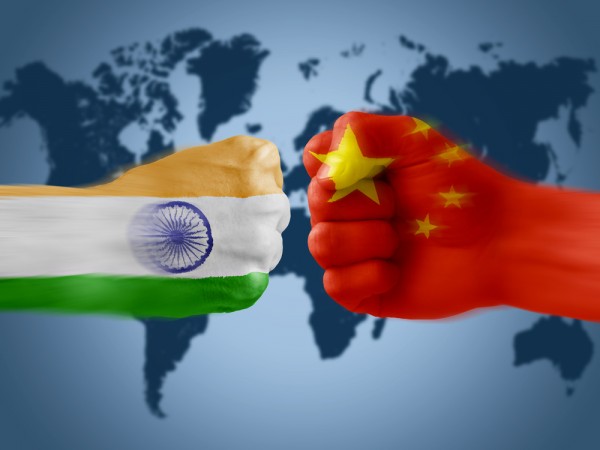Despite the country’s huge potential, the forecasts about the Indian economy offer an “illusory picture” on surpassing China’s GDP.
The accelerated growth rate of India’s economy in comparison to China’s lately decreasing economy has generated unrealistic forecasts. The official media in China argues about the two countries GDP and states that India cannot yet surpass China regarding economic growth.
According to a related article, published in the Global Times, the possibility that China reaches zero or a negative economic growth in the near future is “almost nonexistent”.
“It is inescapably clear that India won’t easily outgrow China as predicted by the West. From a macro perspective, China’s GDP in 2015 was nearly USD 10.42 trillion, which is around 5 times as much as India’s USD 2.18 trillion. As a result, there is no possibility of India surpassing China.
“The authors in the West never tire of choosing India to compare with China. They seem to consider that India could replace China in the near future. It must be admitted that India is a potential big power. But unrealistic praise and forecasts for India are just painting an illusory picture for it,” the article quotes.
Despite big international agencies like Goldman Sachs, Morgan Stanley and IMF have repeatedly underlined India’s advantages in this matter, the country doesn’t yet meet the dominant player on the international economic market standards. Problems like electricity and water supply, public transportation and urban infrastructure place India on the second place.
“Most of India’s indicators of the level of social development today, such as life expectancy at birth, adult literacy rate, power consumption, proportion of rural population and proportion of poverty, still remain at the level of China’s at the end of 20th century,” the article adds.
As India’s GDP for 2014 went up 7.2 per cent, while China’s decreased by 6.9 per cent, the IMF predicted that China’s economy will further drop to 6 per cent in 2017, whilst India’s will register a 7.3 per cent and 7.5 per cent in 2015-16 and 2017 respectively.




